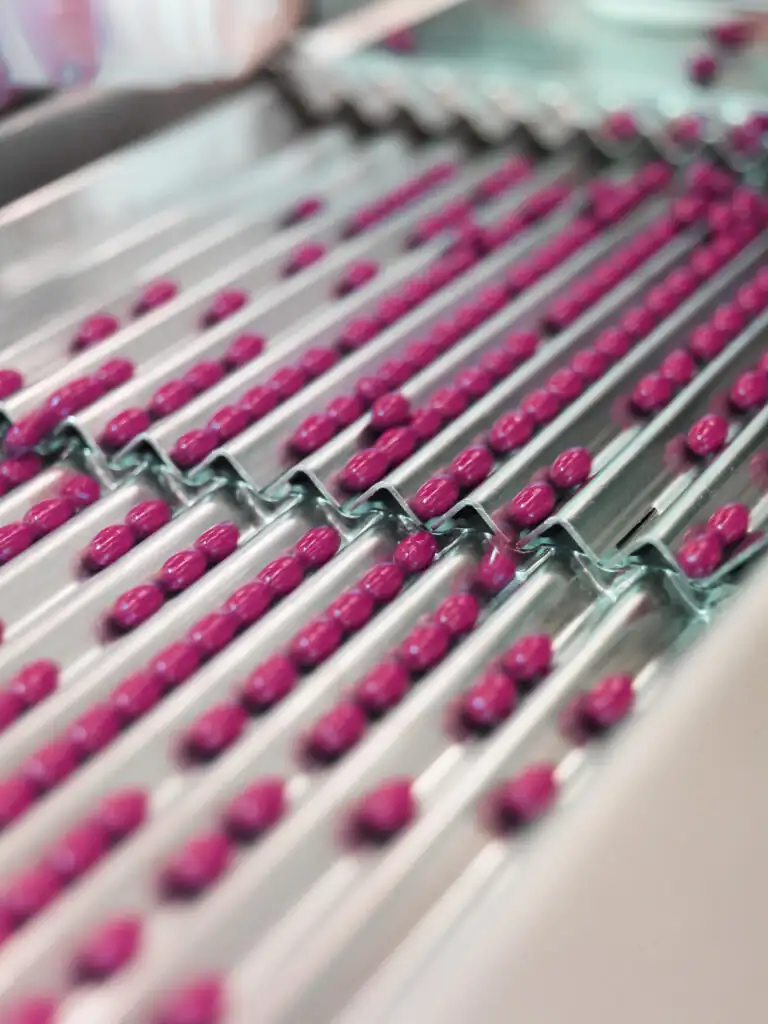
Accelerate Biopharmaceutical Scale-Up
Challenge
Bringing a new biopharmaceutical product to market is a lengthy and costly process. Cutting every possible bit of time and money out of that process is therefore paramount. When it comes to accelerating the drugs in the pipeline that show the most promise, however, biopharmaceutical manufacturers have faced a chronic challenge. The length of time it takes to compare data from various R&D experiments and pilot batches is so great it is faster and easier to simply conduct new experiments.
A large molecule pharmaceutical company was finding it difficult to reduce the time involved in pinpointing pilot drug batches that showed the best opportunity to be produced commercially. Batches do not always maintain integrity as they scale from R&D to pilot to commercial production. The company’s scientists were struggling to predict cell growth at scale, especially using laboratory and pilot data from different historians and databases.
Previously, the engineers would export all the data from the different sources into Excel spreadsheets and try to overlay it – a highly time-consuming process. Then, they would calculate scale-up factors such as agitator power per unit volume or oxygen sparging rate. Using spreadsheets for this analysis was too difficult and cumbersome. The pharmaceutical company needed a way to accelerate the scale-up process for its promising new monoclonal antibodies.
Solution
Using Seeq, the engineers were able to combine lab and pilot plant data from different historians to visualize trends and perform advanced analytics. Seeq Workbench enables the engineers to quickly calculate scale-up metrics, batch KPIs, and performance measurements for each experiment. Seeq enables the team to get a quick view of what is different between batches, quickly comparing the results of various measurements and experiments. They can document all findings in electronic journals or Seeq Organizer, enabling easy collaboration to refine results, better design future experiments, and compare results during scale-up.
For example, the technology transfer team can integrate the oxygen sensor measurements to calculate cell-specific oxygen uptake rates for the laboratory and pilot scale to predict the cell growth curve for scale-up. Those values coupled with other scale-up factors such as oxygen sparging and agitation power defined the scalability of the cell culture as it moves toward commercial production. Seeq flags deviations in the scale-up batches compared to the expected trends to identify potential process limitations due to scale.
Results
Seeq enabled faster process development, which meant the pharmaceutical company was better able to meet clinical timelines. By using Seeq to accelerate the scale-up process, the company saved development time equivalent to more than $1.5 million.
In addition, the operators benefit from batch-based data contextualization using Seeq. This enables them to make clear and thorough comparisons of collected data, including data from multiple sources. Seeq empowers researchers to rapidly reconfigure their processes to meet clinical timelines, greatly increasing efficiency. The improvement in the engineers’ use of time was $250 per hour for two months or $87,000, enabling engineering manpower improvement of one scientist for six months, or $70,000.
The company was able to improve batch yield during scale-up to commercial production by directly tying into times when the process deviated from specifications. The ability to analyze data from multiple sources more quickly significantly cut the time it took to bring a new product to market.
Data Sources
- Process Data Historian: DeltaV OPC-HDA server>
- Text Files: Vi-CELL XR
Data Cleansing
- Integral function that calculates the total oxygen uptake trend and smooths the noisy dissolved oxygen (DO) signal.
Calculations and Conditions
- A capsule was created for each batch or experiment run.
- Cell-specific oxygen uptake rate was calculated and plotted for comparison between experimental and pilot scales.
- A “golden batch” profile of the cell growth rate was produced to track differences in future experiments and scale-up batches.
Reporting and Collaboration
- Batch Monitoring Report in Seeq Organizer comparing experimental and pilot scale batches.